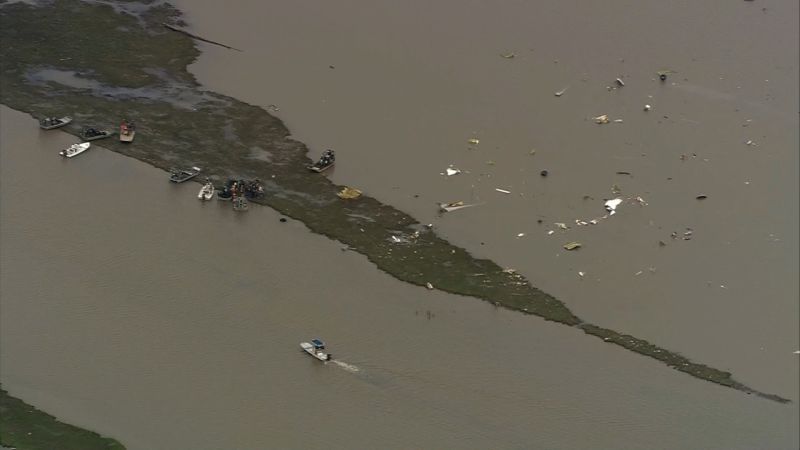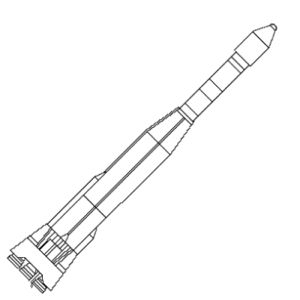

To chair it, Ike recruited James Killian, the president of MIT.Ī subpanel, Project 3, dealt with the technical means for surveillance. It would recommend new policies that could meet this danger. Lee DuBridge, the president of Caltech and chair of this advisory group, he responded by taking steps to set up a high-level commission, the Technological Capabilities Panel. In March 1954, Eisenhower met with a group of advisors and warned them that he feared a surprise attack, a new Pearl Harbor that would destroy cities rather than battleships. An intelligence estimate, issued early in 1954, predicted that Moscow would have 500 such bombers in 1957. In addition to this, the CIA learned that the Soviets were building a turboprop bomber, the Tu-95, with enough range to strike the United States. It, however, did represent a large step upward in Soviet nuclear power. By studying its fallout, American analysts determined that it was not a true hydrogen bomb. In August of that year, the Soviets detonated a nuclear weapon with a yield of 400 kilotons. The background to the Air Force program dated to 1953, shortly after the inauguration of President Eisenhower. In turn, these satellites provided strategic intelligence that shaped America’s Cold War policies. Working closely with the CIA, the Air Force had the task of launching reconnaissance satellites that could determine the Soviet order of battle, counting that nation’s bombers and missiles while determining the location of their bases and their operational readiness. The Air Force had a separate space program that dealt with the reality of power. Within NASA, Apollo addressed the concern that Moscow’s highly-publicized space spectaculars pointed to communism as the way of the future. We were harboring fears we didn’t need to harbor. We were building things we didn’t need to build. We were doing things we didn’t need to do. Because tonight we know how many missiles the enemy has and, it turned out, our guesses were way off. And if nothing else had come out of it except the knowledge that we gained from space photography, it would be worth ten times what the whole program has cost. We’ve spent $35 or $40 billion on the space program. Images from this would have been sent back to Earth for up to 30 days for vital research.“I wouldn’t want to be quoted on this,” President Johnson told a gathering in 1967. Ranger IV was also equipped with a seismometer and radio transmitter, designed to be released in a small capsule from the rocket before impact and land on the Moon in sufficiently good condition to measure the frequency of natural earthquakes in the body of the Moon. Nasa scientists will be hugely disappointed by this latest failure as a successful mission would have given them the first ever close-up images of the mysterious lunar surface.

The latest mission was identical to that of Ranger III, which launched on 26 January this year.īut the expected pictures from that mission were not produced because the rocket missed the Moon by 22,862 miles (36,793km).

This is how scientists confirmed it had actually reached the Moon. The television pictures on board were designed to begin operating when the rocket came within 2,500 miles (4,023km) of the lunar surface - 40 minutes before impact - and then send an image of the Moon back to Earth every 13 seconds.Īfter the loss of internal power the spacecraft could only be tracked using the tiny radio transmitter in the lunar capsule.
#Atlas agena crash series
It was specifically designed to crash-land on the Moon after capturing a series of images of the lunar surface on its approach. The Ranger IV Atlas-Agena rocket, which took off from Cape Canaveral on 23 April, is one of the most sophisticated space machines ever developed. However, the main aim of the mission - to take television pictures of the lunar surface - was not achieved after all internal power on board the spacecraft failed two hours after launch. It is the first time an American spacecraft has successfully reached the Moon - the Russians achieved the first ever lunar impact in 1959. The American Moon rocket Ranger IV has landed on the far side of the moon but has failed to send back pictures due to a technical fault.


 0 kommentar(er)
0 kommentar(er)
